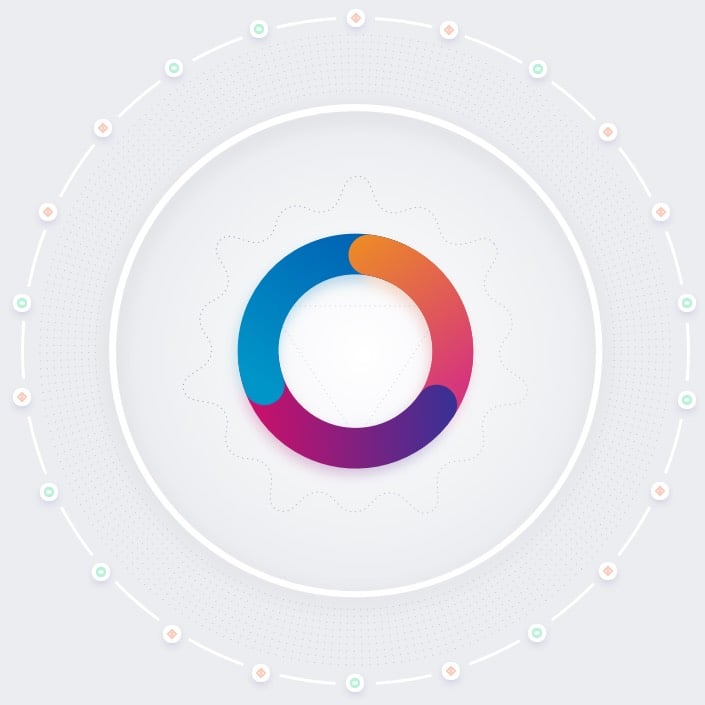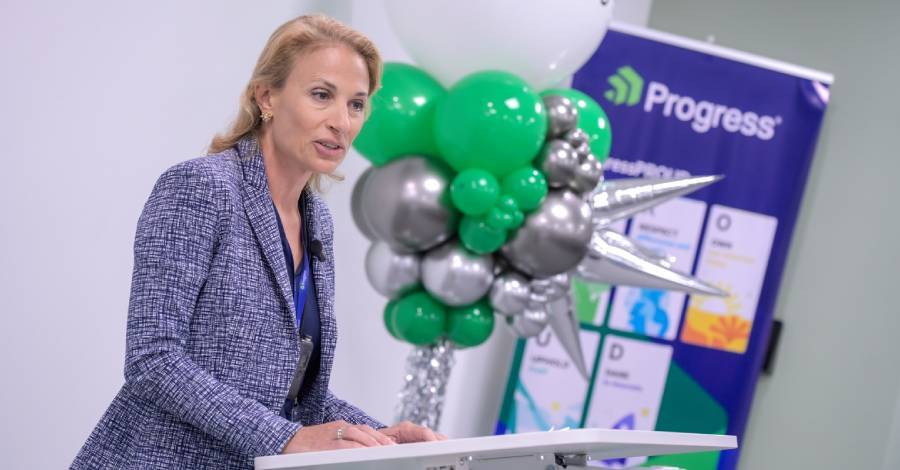NEWS
Foreign Trade Sector Launches Strategy to Create Opportunities for Costa Rica’s Female Population
- COMEX, PROCOMER and CINDE have proposed goals on public policy and influence, employability, exports, value chains, and impact measurement.
San José, April 30, 2021. With the goal of empowering, connecting, and enabling the women of Costa Rica through foreign trade, this morning, the sector's major institutions – the Ministry of Foreign Trade (COMEX), the Costa Rican Foreign Trade Promoter (PROCOMER), and the Costa Rica's Investment Promotion Agency (
CINDE) – presented a strategy to foster gender equality and create greater opportunities for the country’s female population.
Based on Goal #5 of the United Nations' (UN) Sustainable Development Goals (SDG), as well as with the purpose of promoting Sustainable Development in Costa Rica, which unites the aforementioned three Foreign Trade institutions, the strategy debuts as a response to the country's significant gap in equal opportunities for women.
According to data from the World Bank, countries that offer the greatest economic opportunities for women are more competitively positioned in the world economy. The truth is that in Costa Rica, 57% of university degree holders are women – a figure disproportionate to just 38% of female representation in national employment.
Andrés Valenciano, the Minister of Foreign Trade, stated, “We are aware that women face multiple barriers to participating in the country's economy, and that more support from multiple sectors – not only Foreign Trade – is required. However, we are here today to present an ambitious strategy for our sector – one that we hope will help open more opportunities to women's professional development in Costa Rica. That is why today, in addition to presenting this action plan to be developed between our three institutions, we also call on other sectors to form inter-institutional networks and work together to reduce gender gaps, involve more men as allies to the cause, and promote inclusive and sustainable development.”
The sector’s strategy extends to four strategic goals:
- Public policy and Influence: Seek a greater impact on public policy and required cultural change, in accordance with good international practices.
- Employability: Develop and certify skills to improve employability, job placement, and retention of women in the foreign trade sector.
- Exports and Value Chains: Increase women's participation in the foreign trade sector, through exports and linkages.
- Measurement: Establish measurement mechanisms that support the strategy's actions.
Minister Valenciano added that this public policy objective includes a series of actions that involve strategic alliances with governing entities and organizations interested in gender equality, as well as participation in national and international forums to learn about and exchange good practices that promote women's economic participation.
Micaela Mazzei, Chief of Staff at PROCOMER and one of the strategy's leaders, explained that it is well known that, worldwide, companies run by women are more likely to export than import, and that they employ relatively more women. For this reason, work must be done to strengthen the capacity for these companies and support the design of programs and projects focused on the needs of this population.
“According to a 2019 PROCOMER study, of the total companies that export, only 14% are led by women; this represents just 2% of the country's total exports. This same mapping revealed the most common difficulties faced by businesswomen, as related to financing, productive transformation, business contacts, and training, among others. We recognize the Costa Rican female population's talent and export potential, which is why we are developing both programs and concrete actions in response to these gaps, with the goal of providing the necessary support, so that more Costa Rican businesswomen can leverage the foreign trade sector's available opportunities," added Mazzei.
Paola Bulgarelli, Lead of Strategic Projects Investment Climate at CINDE and one of the sector's strategy leaders, added that the goal of creating employment opportunities for women extends beyond training women and giving them the tools required for inclusion in the national economy. She also cites that, in the private sector and influence groups, an awareness component is required to impact corporate culture to make companies more aware of the need for equal opportunities for women.
“Our goal is to encourage more and more women to have equal access to opportunities in the new knowledge economy. In 2020 alone, CINDE reported that 49% of new jobs at multinational companies, attracted by CINDE to the country, were occupied by women. We want to replicate this in all sectors of the economy, starting with foreign trade", Bulgarelli emphasized.
Finally, measurement, which is transverse to the three previous objectives, will develop measurement and traceability tools related to labor insertion, talent retention, new exporters, and market diversification, among others, in order to begin generating data and measuring the impact of actions on better decision-making.
Gender Inequality, by the Numbers
Worldwide
- On average, employment rates are 20 percentage points lower for women than for men (World Bank, 2020).
- Information from the World Bank (2020) indicates that, given the current COVID-19 pandemic situation, women-led SMEs are 6 percentage points more likely to close than are those led by men.
- In Latin America, women represent 50% of the active population. However, they represent just 15% of entrepreneurs (IDB, 2020). In the world, 1 in 5 companies belongs to a woman.
In Costa Rica
- An OECD study indicates that Costa Rica lags behind in financial inclusion: Although financial access has increased, it still demonstrates significant gaps by region and by gender.
- 57% of university graduates are women, but women represent just 38% of the workforce (Hernandez, 2020).
- In 2017, approximately 1 million women of working age were not involved in paid employment. According to the UCCAEP (2020), if these women entered the labor force, that percentage would increase by 25-30%, poverty would be reduced from 20% to 11%, and GDP would increase by 0.5%.
- In Costa Rica, there are 6 major sectors that absorb 80% of women's participation: education, commerce, domestic employment, hotels and restaurants, communications and other services, and the manufacturing industry. According to INEC (2018), the salary percentage for women is 11% below that of men.
- A reduction in gender inequalities for the labor market could also have a major impact on productivity and income. For example, in Costa Rica, long-term loss of income due to gender inequality is estimated at 22%, compared to an average 15.4% for OECD countries (Cuberes y Teignier, 2016).
- 2020 PROCOMER mapping recorded that the greatest difficulties for women-led companies involved high production costs, lack of financing options, and a lack of commercial contacts; for export companies, standout difficulties include a lack of commercial contacts, as well as unawareness on support institutions and buyer requirements.








